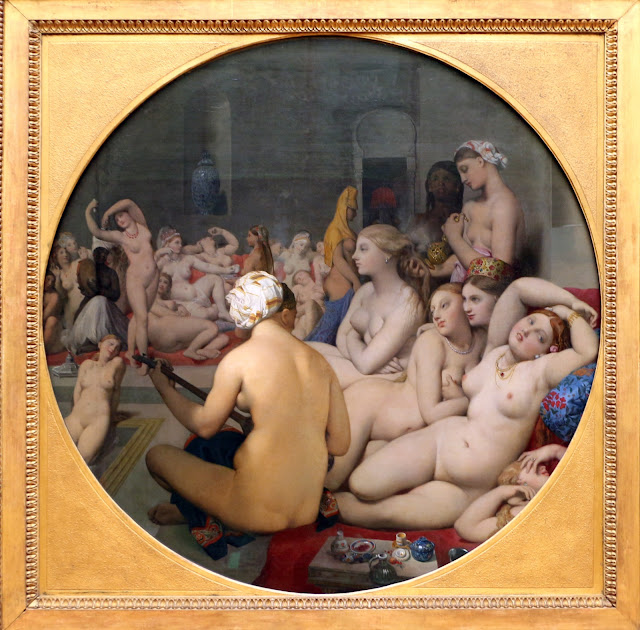-Delaware-Art-Museum-Wilmington.jpeg) |
| Anonymous Printmaker The Evening Star ca. 1895 lithograph (poster) Delaware Art Museum, Wilmington |
-Delaware-Art-Museum-Wilmington.jpeg) |
| Anonymous Printmaker Philadelphia Sunday Press ca. 1895 lithograph (poster) Delaware Art Museum, Wilmington |
-Kunstbibliothek-Staatliche-Museen-zu-Berlin.jpg) |
| Anonymous Printmaker Borussia Malz-Bier ca. 1898 lithograph (poster) Kunstbibliothek, Staatliche Museen zu Berlin |
-Delaware-Art-Museum-Wilmington.jpeg) |
| Anonymous Printmaker Ault & Wiborg Co. - Printing Inks ca. 1900 lithograph (poster) Delaware Art Museum, Wilmington |
-Kunstbibliothek-Staatliche-Museen-zu-Berlin.jpg) |
| Anonymous Printmaker Gand Hôtel Royal, Stockholm ca. 1905 lithograph (poster) Kunstbibliothek, Staatliche Museen zu Berlin |
-Kunstbibliothek-Staatliche-Museen-zu-Berlin.jpg) |
| Anonymous Printmaker Grand Hotel Eden, Nervi ca. 1905 lithograph (poster) Kunstbibliothek, Staatliche Museen zu Berlin |
-Allard-Pierson-Museum-Amsterdam.jpg) |
| Anonymous Printmaker Avoid Colds - Dress Properly ca. 1905 lithograph (poster) Allard Pierson Museum, Amsterdam |
-Dallas-Museum-of-Art.jpg) |
| Anonymous Printmaker Wanted - Red Blooded Men 1914 lithograph (poster) Dallas Museum of Art |
-National-Gallery-of-Australia-Canberra.jpg) |
| Anonymous Printmaker Boys - Come over here - you're wanted ca. 1915 lithograph (poster) National Gallery of Australia, Canberra |
-National-Gallery-of-Australia-Canberra.jpg) |
| Anonymous Printmaker Winter in Switzerland ca. 1928 lithograph (poster) National Gallery of Australia, Canberra |
-National-Gallery-of-Australia-Canberra.jpg) |
| Anonymous Printmaker Telling the Enemy ca. 1940-45 lithograph (poster) National Gallery of Australia, Canberra |
-National-Gallery-of-Australia-Canberra.jpg) |
| Anonymous Printmaker Cut Your Loaf This Way ca. 1947 lithograph (poster) National Gallery of Australia, Canberra |
-National-Gallery-of-Australia-Canberra.jpg) |
| Anonymous Printmaker Chambers Brothers Avalon Ballroom, San Francisco 1967 lithograph (poster) National Gallery of Australia, Canberra |
-Victoria-&-Albert-Museum-London.jpg) |
| Anonymous Printmaker Nureyev ca. 1975 offset print (poster) Victoria & Albert Museum, London |
-National-Gallery-of-Australia-Canberra.jpg) |
| Anonymous Printmaker La Révolution Française au Musée Carnavalet 1939 lithograph (poster) National Gallery of Australia, Canberra |
-National-Gallery-of-Australia-Canberra.jpg) |
| Anonymous Printmaker Great Leap Forward in Production ca. 1978 lithograph (poster) National Gallery of Australia, Canberra |
Mirror Image
– Louise Glück (1990)




































